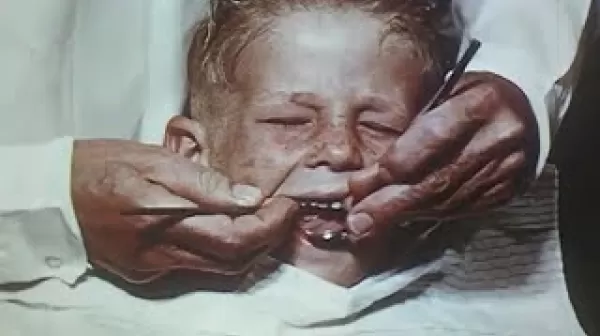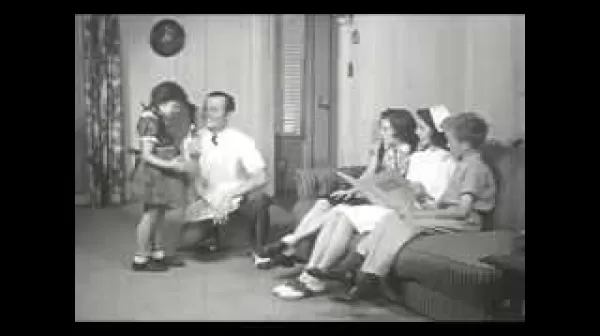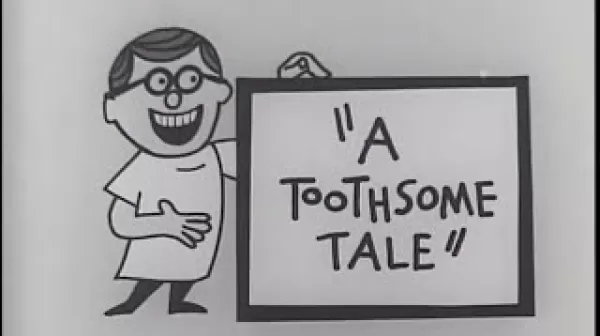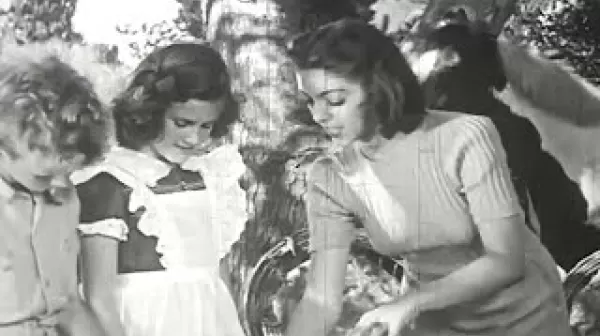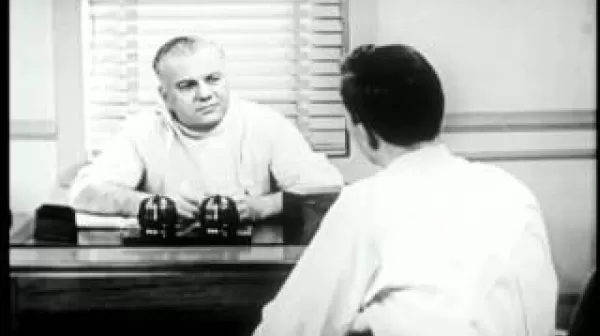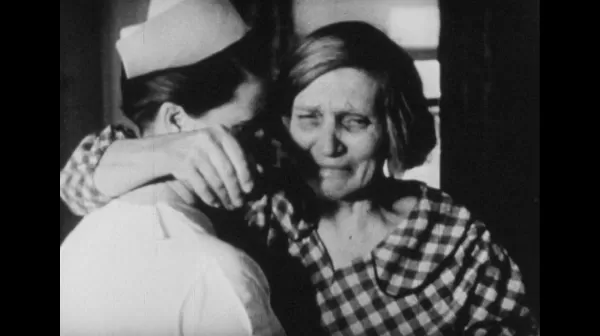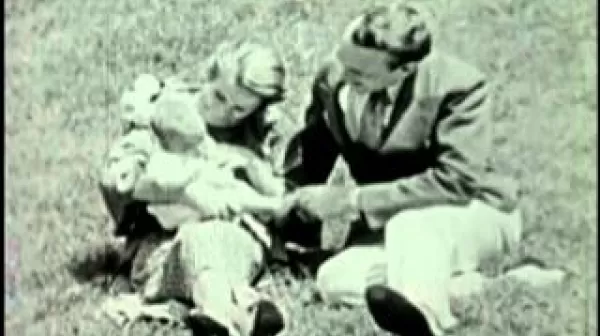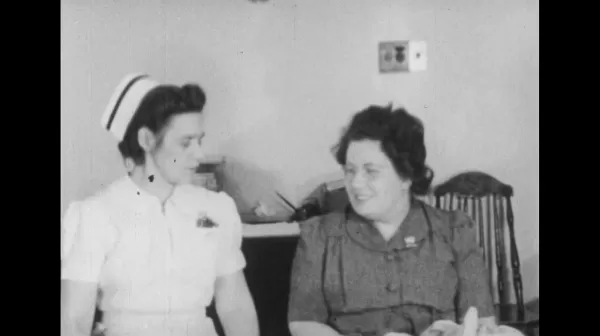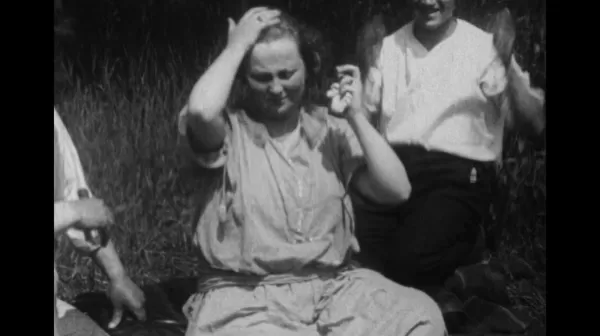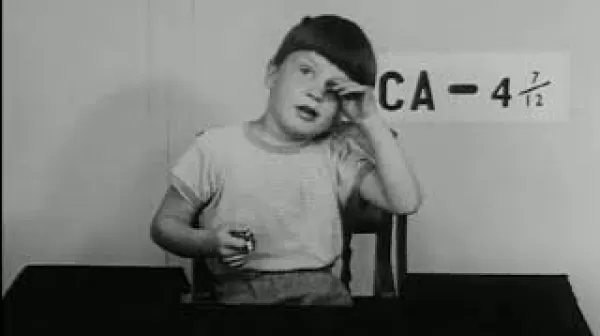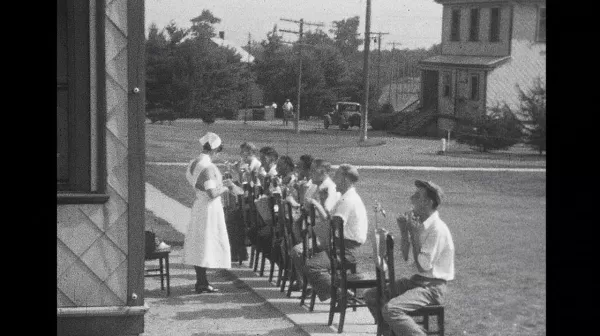Target, Tooth Decay (Oklahoma Dept. of Public Health, 1951)
Through the use of a compact series of explanatory examples, this film points out the value of modern dental care with emphasis on the use of fluorides, focusing especially on school-age children and how dental care and education can be delivered in that environment The film describes how a rural community organizes a topical fluoride program and how an urban community institutes fluoridation of the public water supply. Learn more about this film and search its transcript at NLM Digital Collections: http://resource.nlm.nih.gov/9605135.

